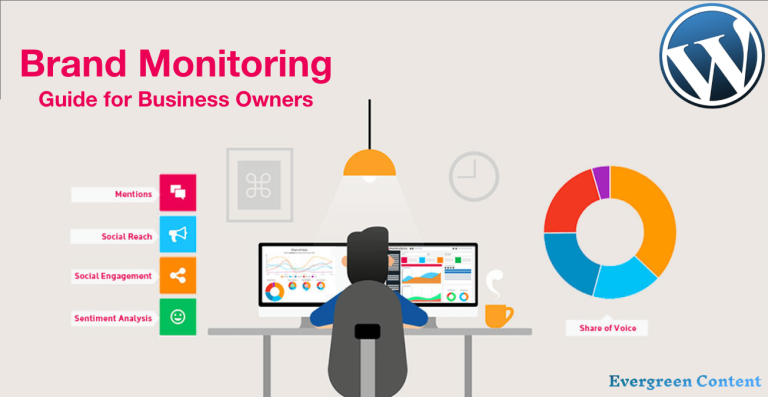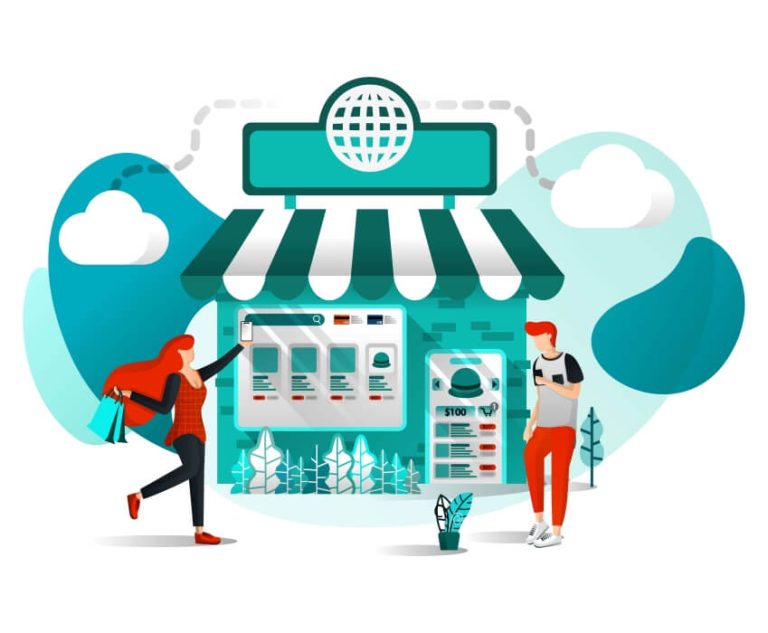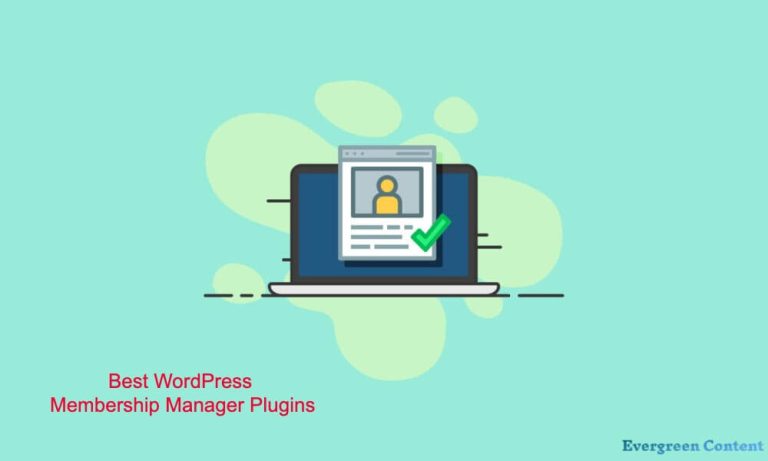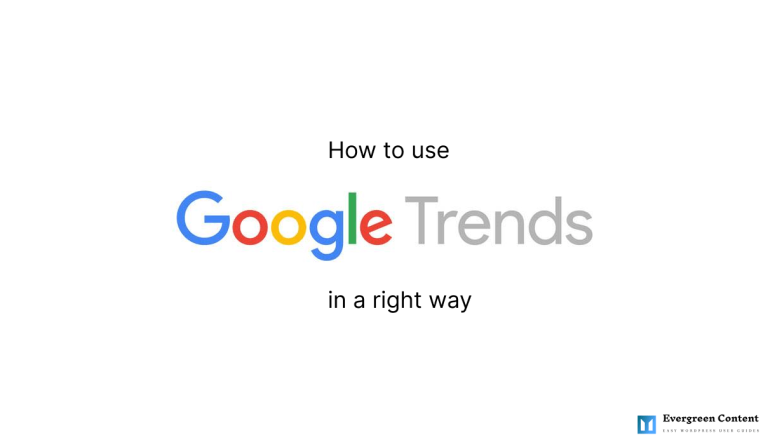A Complete Playbook For Marketplace Sellers in 2024
An online marketplace is an eCommerce that allows numerous vendors to sell products from the same platform. Due to its growing popularity, popular brands and small retailers join marketplaces to boost sales.
In 2021 alone, more than 67% of all eCommerce sales happened only through marketplaces. Due to high revenue potential and low entry cost, joining marketplaces have become a lucrative option for many aspiring entrepreneurs.
If you are a retailer worried about whether to join marketplaces as a seller or not, this article is only for you. It will cover everything you need to know about becoming a successful marketplace seller. Let’s dive dig without wasting any more time.
What is A Marketplace Seller
A marketplace seller or vendor is a person or brand that registers in a marketplace, opens up a store, and sells products following its regulation. When someone buys a product, the marketplace cuts a commission for its platform services.
Over the past few years, the number of sellers in marketplaces has continued to grow unstoppably. A key reason behind that is it brings them huge traffic, ready customers, and brand exposure right from the beginning.
Note: There is not much difference between seller and vendor. Both of them sell products to the end-users. But in Amazon, vendors are those who resell products, and sellers directly sell to the customers.
Why Someone Should Consider to Be A Marketplace Seller
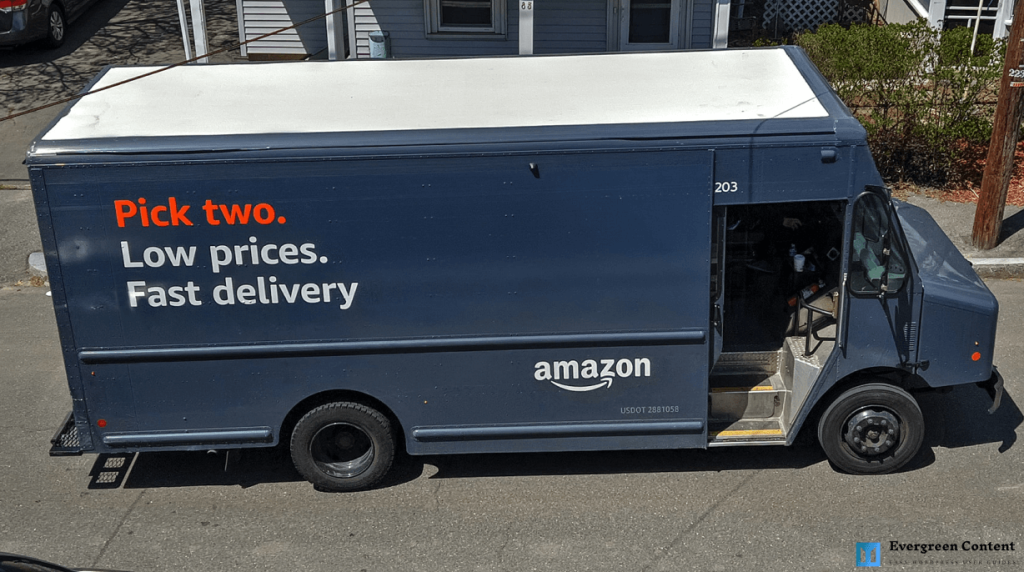
Many famous brands today love to maintain their presence in marketplaces despite they have branded online shops. Even many of them prefer to sell on marketplaces before having their own business websites.
Why does that happen? Some of its key reasons are described below.
1. Quick LunchTime
If you are wishing to take your brick-and-mortar store online, marketplaces can save you time a lot. You don’t have to bear the hassles of domain registration, hosting plans, web development, and others.
Just you have to submit some documents (trade license, TIN number, and ID card) to register yourself as a seller. The whole process may take only a couple of days.
2. Large Customer Base
Marketplaces usually have a large customer base. Because one marketplace website/app equals 40-50 retail shops. Having a marketplace app can save huge storage space for mobile phone users.
Amazon, eBay, and Aliexpress respectively receive 5.2 billion, 1.7 billion, and 534 million visitors per month.
webretailer
This is why you can enjoy a huge customer base right from the beginning by joining a marketplace.
3. Maintain Brand Image
More than 80% of customers conduct online research before purchasing a product. Again most of them start this research with online marketplaces. Because this is where customers can compare prices with multiple sellers, study customer reviews, and more.
Having a shop in popular marketplaces can increase your products and brand visibility and help you reach out to more audiences.
4. Customer Trust
People usually avoid buying from small retailers and unknown web stores due to trust issues. But when they buy from a marketplace, they care less about who the seller is. Because their trust is implicit in the marketplace’s brand value.
So, marketplaces can be the ultimate solution to scale up sales for small and newly started businesses.
5. Cost Reduction
If you have a very limited budget, marketplaces can help you avoid the cost of maintaining a separate online shop or brick-and-mortar store. You can invest all the money in marketing to earn more potential leads and make sales.
The marketplace is now safe heaven for dropshippers. Many marketplaces like Amazon, and eBay today allow this business model. If you have reliable suppliers, you can start dropshipping on marketplaces at a further lower cost.
6. Shipping Support
Diversified shipping support is a key strength of marketplaces. It allows you to sell customers to a wider number of customers as per their preferred delivery system. Even many marketplaces offer international shipping facilities.
If you find these benefits worthy enough to register yourself as a marketplace seller, keep reading the next section. We will cover the things you must consider to be a successful marketplace seller.
Essential Steps to Become A Successful Marketplace Seller

Indeed, marketplaces will offer you countless possibilities to grow your business. But once you join there, you will find yourself amid thousands of sellers. How would you compete with them?
Let’s cover some tried-and-tested approaches by which you can be a successful marketplace seller or marketplace vendor in the long run.
1. Optimize Product Content
Product titles, descriptions, quality images, and measurement specifications are the first things that will trigger a customer to buy your products. Take time to find the right keywords and content decoration to trigger your audiences emotionally.
The better you optimize product descriptions with buyers’ intent, the more it will increase the likelihood of getting more orders.
2. Prepare to Advertise
You will see numerous products on its landing page whenever you visit Amazon or other marketplaces. Have you ever considered why Amazon brings these items to the front page? Does it happen organically?
Some products are featured due to heavy customer recommendations. Besides, marketplace admins give space to other sellers as well to place their products on the landing page in exchange for a charge.
Similarly, you have to burn money to feature some of your demanding products on the landing pages. You have to maintain a regular presence on social media channels as well.
3. Diversify Shipping Strategy
Around 66% of customers expect free shipping while buying online. Again, 26% of them move away from cart pages if the shipping process is too slow. But the fact is free shipping usually takes a long time to complete fulfilment. How to deal with this dilemma?
Find all the cost-effective courier options available in the marketplace. Integrate them all on your product pages by a chart, including the free shipping. Then, let customers choose the best option that goes with their affordable time and shipping charge.
4. Create Customer Engagement
Be proactive in quick response. Customer engagement starts falling if it takes more than one hour to reply. Not necessarily, people will message you only in marketplaces. They may reach you on social media and wherever you are available.
Secondly, try to have positive reviews from your buyers. Good ratings and reviews are the same as gold to marketplace sellers. Once you get a bunch of positive reviews, share them on your social pages. 90% of buyers today read reviews before buying a product.
Thirdly, be honest in handling return and refund issues. 95% of buyers love to buy from the same seller where they get a positive return experience. Finally, you can arrange online gaming and quiz events to spike customer engagement.
5. Be Competitive in Pricing
You may find numerous vendors in marketplaces selling the same products as you are. You must be competitive in setting and altering your product prices. Even just one dollar less than others can win you plentiful sales.
This does not mean you have to maintain lower prices throughout the year. Rather spot out the times when people rush to buy new products, especially on Black Friday, New Year, Christmas, Easter Sunday, etc.
6. Work with Multiple Marketplaces
Popular marketplaces are already crowded with countless sellers. eBay alone has 19 million sellers worldwide. Next is Amazon, with 9.7 million. It may be time-consuming for newbies to find out unique selling points in these marketplaces.
If you are a serious entrepreneur, you must work with several marketplaces simultaneously. To narrow down the competition, you can sign up in niche-based marketplaces.
7. Automate Fulfillment and GPS Tracker
Intelligent order routing and inventory management can reduce your order processing errors. It will ensure your inventories are up-to-date in all the marketplaces simultaneously.
Also, you should choose courier companies that offer 24-hour live GPS tracking services. It will help customers receive live update of their package location using the tracking ID.
Things A Seller Must Consider Before Joining a Marketplace

You’ll find thousands of eCommerce marketplaces available on the web. But which one to join? There are several points you must verify to ensure your bottom line. Let’s explore them.
1. Marketplace Traffic
One of the key reasons to join an online marketplace is that you get a huge traffic flow right from the beginning. If you don’t get this traffic benefit, then what is the point of joining a marketplace?
Again, if the available traffic doesn’t match your niche, joining it is useless. So, ensure the marketplaces you want to join have a quality traffic base and potential customers.
2. Fee Structure
A major drawback of selling in the marketplace is the variety of fees: commission rate, listing fee, fulfillment charge, advertising fee, etc. These make things difficult for many sellers to ensure their profit margins.
These fees are determined based on your products, services, and marketplace activities. Make sure you have done your homework on these policies in advance. It will help you decide on the pricing model that best suits your business strategy.
3. Enhanced Security
2,200+ cyberattacks are happening every day on the web. Even giants like Amazon and Walmart aren’t immune to cyber-attacks. The more successful a marketplace is, the more likely it is to face a cyber attack.
In February 2021, Walmart faced a massive cyber-attack that stole the sensitive data of 25,000 Walmart pharmacy patients. On 6 October 2021, Amazon faced almost a similar attack that became hot news. However, they could recover from these crises.
Choose a marketplace that has enhanced security protocols and provides you with backup in case of any hacking attempt.
4. Tools and Modules
You need a number of tools and extensions to continue your activities on marketplaces smoothly. For example, inventory management, SEO, payment gateways, product addon, Ajax live search, product import, live chat, geolocation, coupon, antispam, store support, analytics, and so on.
Check if these mandatory modules are available in your marketplaces.
5. Documentation and Tutorial
The more features a marketplace has, the more it becomes complex for many users. Branded marketplaces offer technical and educational guides so that users can quickly grab how to use these features.
Check if your targeted marketplaces have a big enough library to provide you with necessary blog posts, tutorials, and documentation.
6. No Restriction on Branding
One key reason why wholesalers, retailers, and manufacturing companies join as sellers in marketplaces is to brand their products. Once brand awareness reaches the expected level, he/they can start up their own online shop and else.
Some marketplaces may apply additional charges to promote your brand there. So check in advance if there is any restriction or other formalities on branding.
7. Flexible Rules and Regulations
Marketplaces often impose many strict regulations that are not good for sellers. For example, delays in publishing new products, restrictions on branding your products, holding payment clearance, etc.
If you find unfriendly rules like these, better you avoid those marketplaces. Try to gain some experience of other sellers before you join that marketplace.
8. Diversified Delivery Options
Diversified delivery options allow buyers to select their preferred shipping time and costs. It triggers them to rethink before leaving the checkout pages. This way, it increases their sessions on your store pages and the propensity to confirm orders.
Are You Ready to Become A Marketplace Seller?
Joining marketplaces is a great option to generate quick revenues. But you must be a smart player for that. Without knowledge, strategies, and experience, you can’t survive for a long time.
However, you can’t be a pro-player overnight. You have to trace your competitors, unfold their tactics, follow marketplace blogs-tutorials-webinars, etc. Hopefully, this article has met many of your quests on how to become a successful marketplace seller.
If you love to receive more interesting articles like this one, subscribe to us and follow your social media channels.

